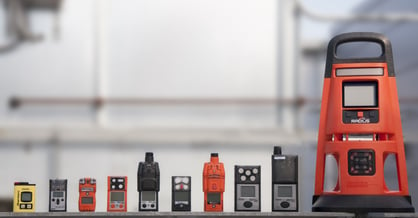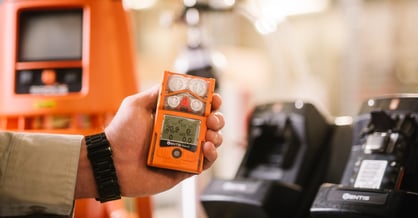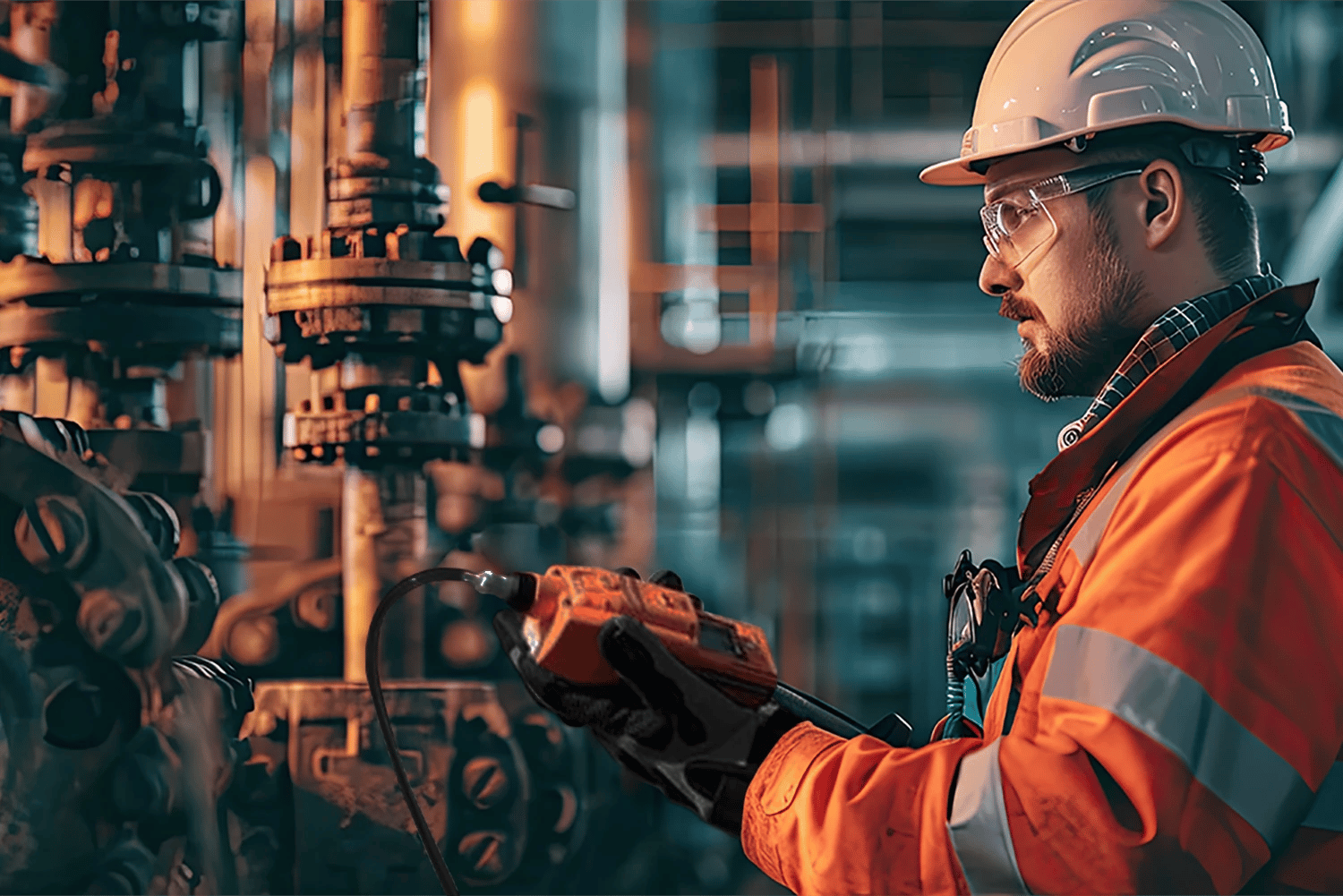
Portable Gas Detectors
Get the rugged and reliable gas detectors you need backed by real-time monitoring software. Choose the portable monitors that best fit your workers and the gas hazards at your facility. Whether you need a single gas monitor, multi-gas or a confined space entry kit, Industrial Scientific has the right solution for your team's safety.
Rugged and reliable portable gas monitors with real-time monitoring.
Browse our Portable Monitors
-

Ventis Pro5
Detect up to five gases and connect teams with alarm sharing and remote live monitoring. A man-down alarm, panic button, and custom on-screen messages make it easy to communicate in an emergency.
Multi-Gas Monitor -
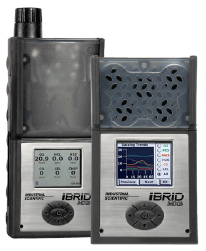
MX6 iBrid
Take your gas detection capabilities to new heights with the MX6 iBrid®. With the ability to monitor up to six gases at once, 24 sensor options, and a robust list of configurable settings, the MX6 iBrid easily adapts to your safety needs.
Multi-Gas Monitor -
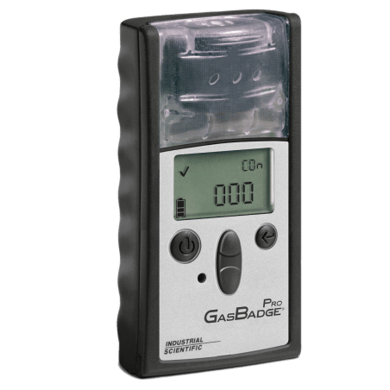
GasBadge Pro
Simplify hazard detection by using a single-gas monitor with the features of a multi-gas monitor. Plus, adapt to detect a number of unsafe gases with interchangeable sensors.
Single-Gas Monitor -

Tango TX2
Detect two gases with individual sensors to increase alarm accuracy, reduce unnecessary shutdowns, and improve incident data quality. A two-year run time eliminates the need for charging infrastructure.
Multi-Gas Monitor -

Radius BZ1
Loud alarms, bold LED lights, and customizable action messages cut through even the busiest work areas. Local and remote monitoring means that both teams on-site and safety managers off-site know how to respond to hazards.
Area Monitor -
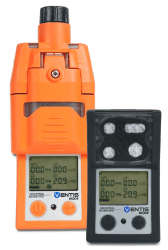
Ventis MX4
Get the simple, reliable gas detection you need with the Ventis MX4, a 4-gas monitor designed to be rugged yet lightweight and easy to wear. The Ventis MX4 eliminates the need for extra monitors by transitioning seamlessly from personal monitoring to confined space entry with a slide-on pump.
Multi-Gas Monitor
Explore Our Resources
Learn About our Portable Detectors
Frequently Asked Questions
What is a portable gas detector?
A portable gas detector (also known as a personal gas monitor) is a handheld device used to detect the presence of various hazardous gases in the atmosphere. They are used in a variety of industrial settings to protect workers from exposure to dangerous gases. Portable gas detectors are often battery-powered, easy to wear while you work, and provide real-time gas readings and alarms.
What are the benefits of using a portable gas detector?
Portable gas detectors protect workers from exposure by providing an early warning of the presence of harmful gases, giving the user time to evacuate or take necessary precautions. They are also small and lightweight, making them easy to wear throughout the day. Portable gas detectors can detect a wide range of gases, including combustible gases, toxic gases, and oxygen levels. The sensor flexibility makes them suitable for a variety of applications, from mining and construction to laboratory and research settings. The use of a portable gas detector can help improve workplace safety, increase efficiency, and protect both workers and equipment from harm.
What is the difference between a portable gas monitor and a fixed gas monitor?
The main difference between a portable gas monitor and a fixed gas monitor is their location and purpose. While a portable gas monitor is mobile and typically used by individuals as they work, fixed gas monitors are permanently installed in a specific location. They are designed to continuously monitor gas levels in that location and provide alarms or warnings when gas levels exceed predetermined thresholds. Fixed gas monitors are typically hardwired to a control panel and require professional installation and maintenance.
Portable gas monitors are designed for personal protection and spot-checking gas concentrations, while fixed gas monitors are designed for continuous monitoring of gas levels in a specific location.
What does a personal monitor detect?
-
Industrial Scientific has definitely made our company safer. Knowing what our personnel are being exposed to and being able to react to those exposures quickly and effectively makes this program worth the investment, which is what it is—an investment in the safety of our employees and contractors.
Global health and safety manager,
leading pulp and paper manufacturer
-
I’m thankful that with Industrial Scientific, we have all of our gas detection information in one central system. We don’t need to use different systems to access historical and live data anymore. Having iNet, we have a reliable system for real-time readings and historical readings for investigations.
Health and safety leader,
leading refinery

